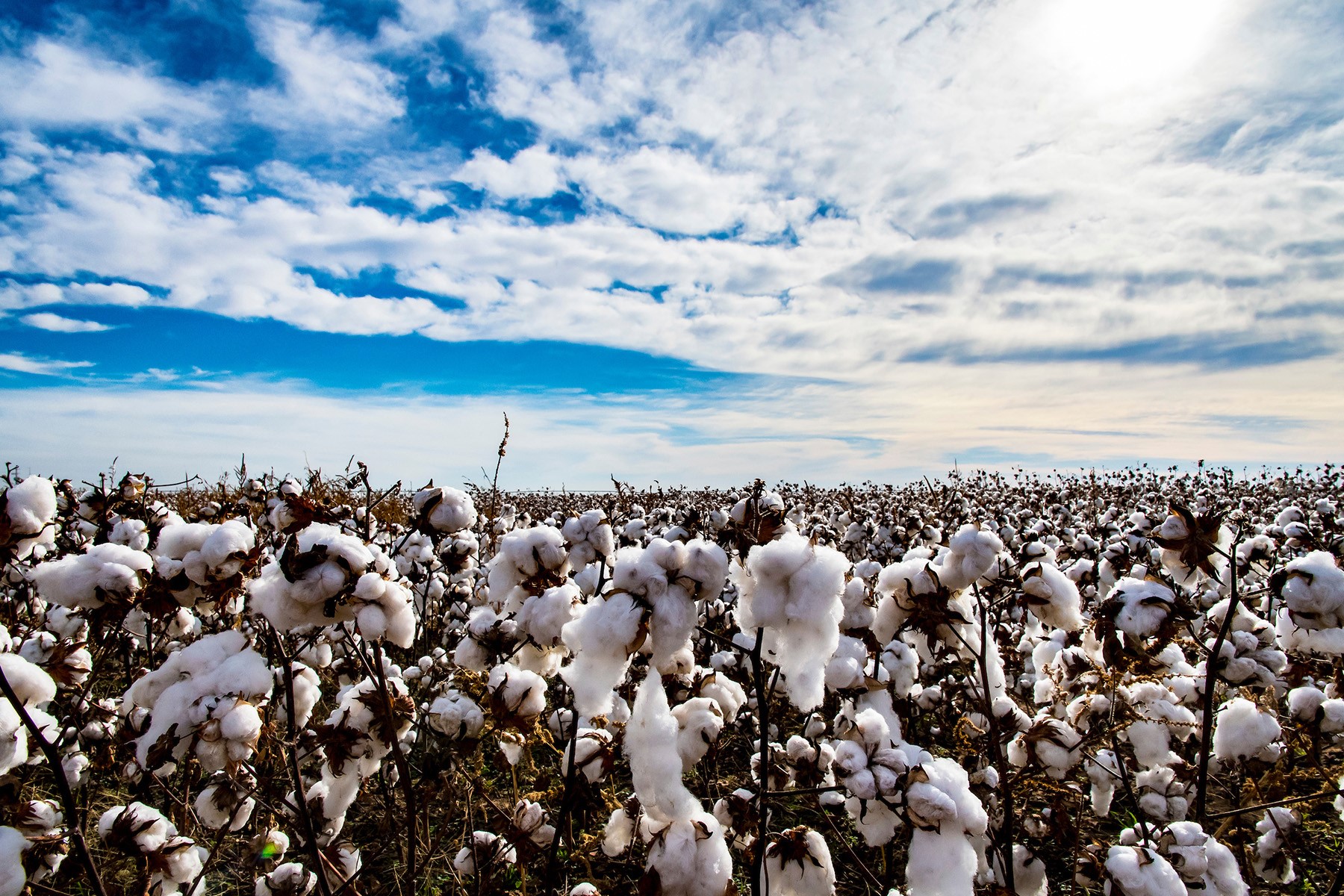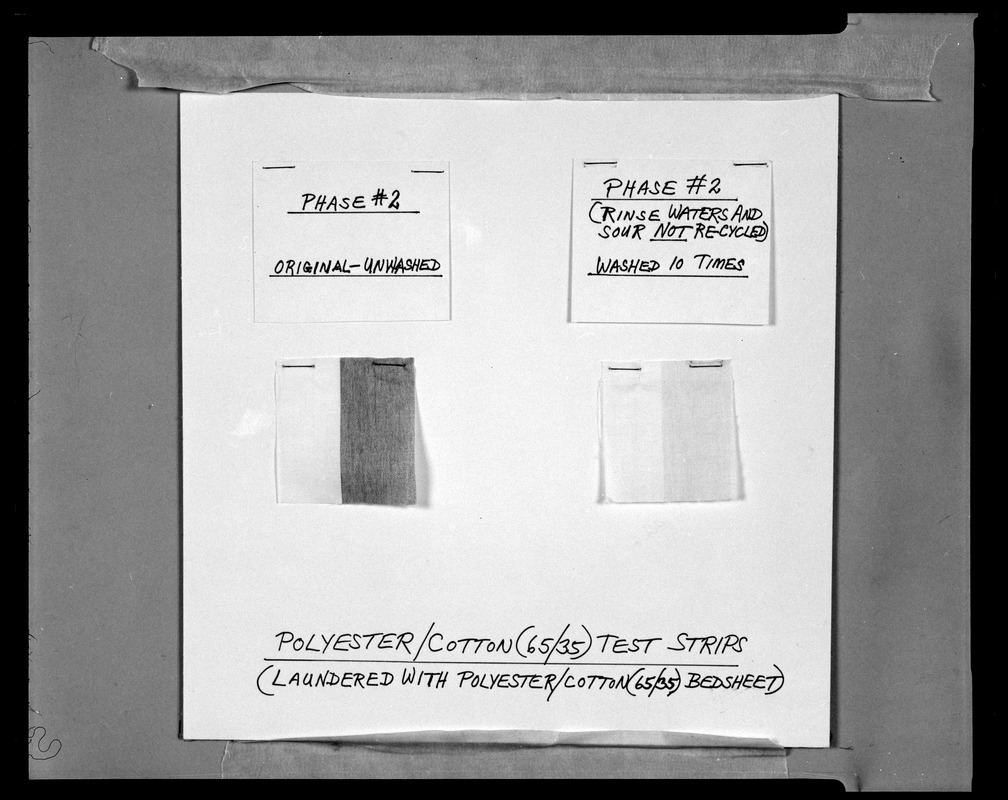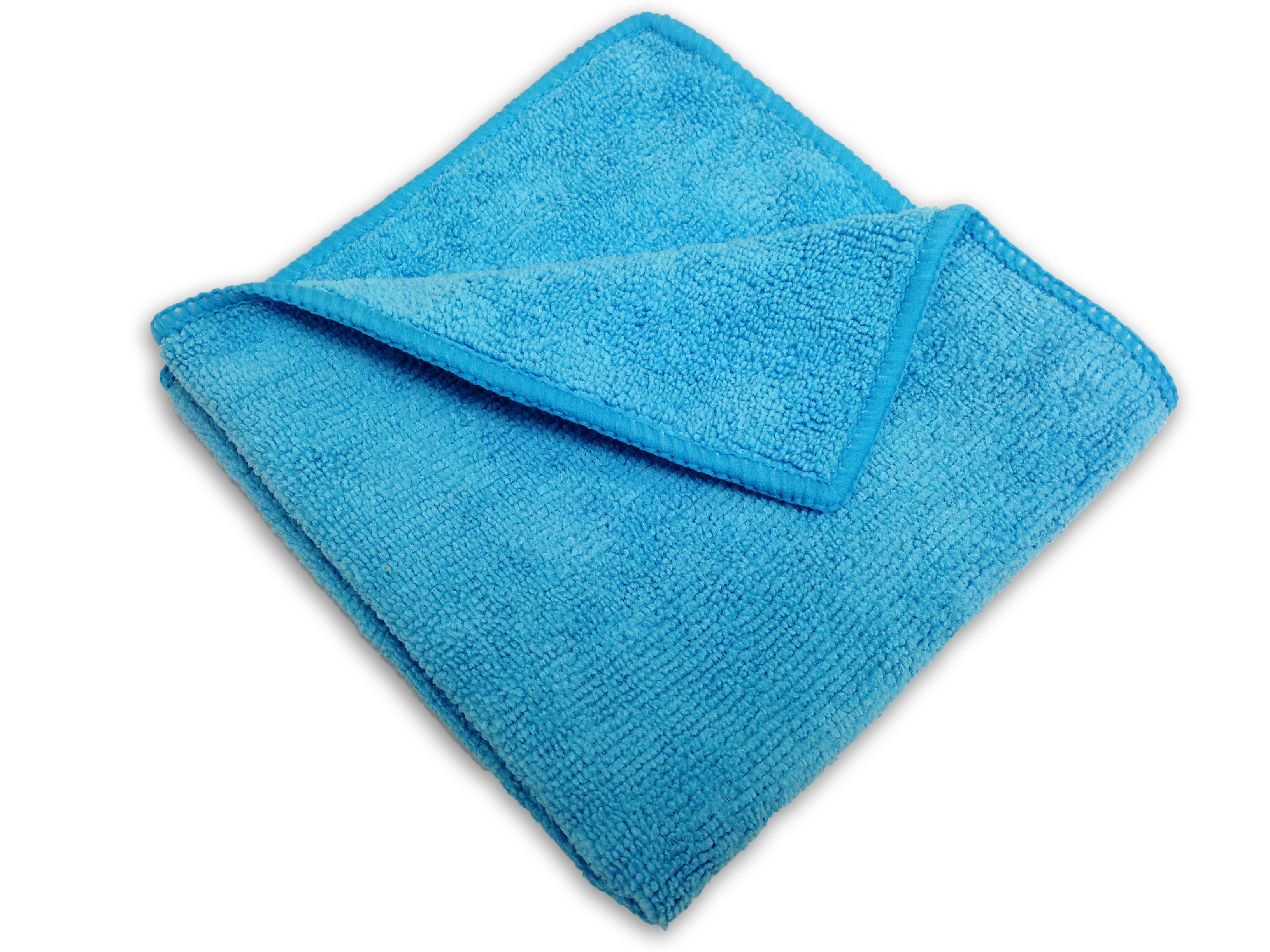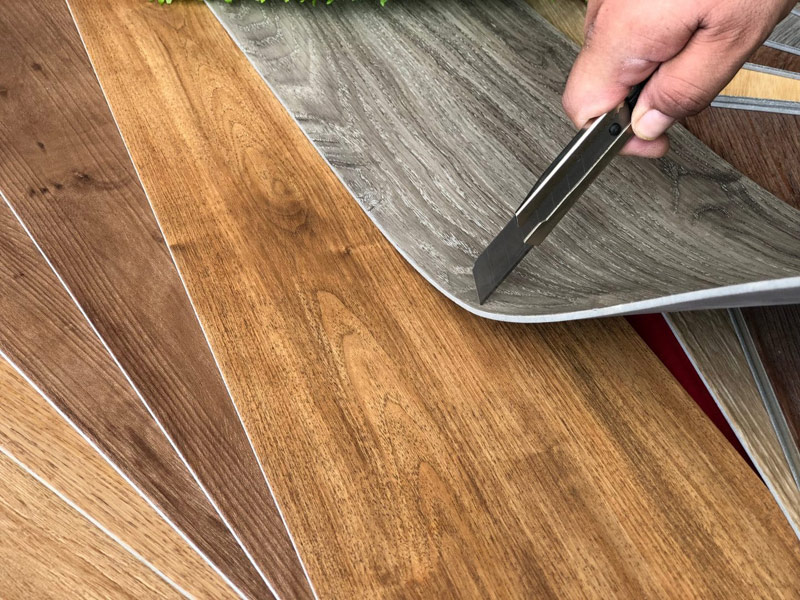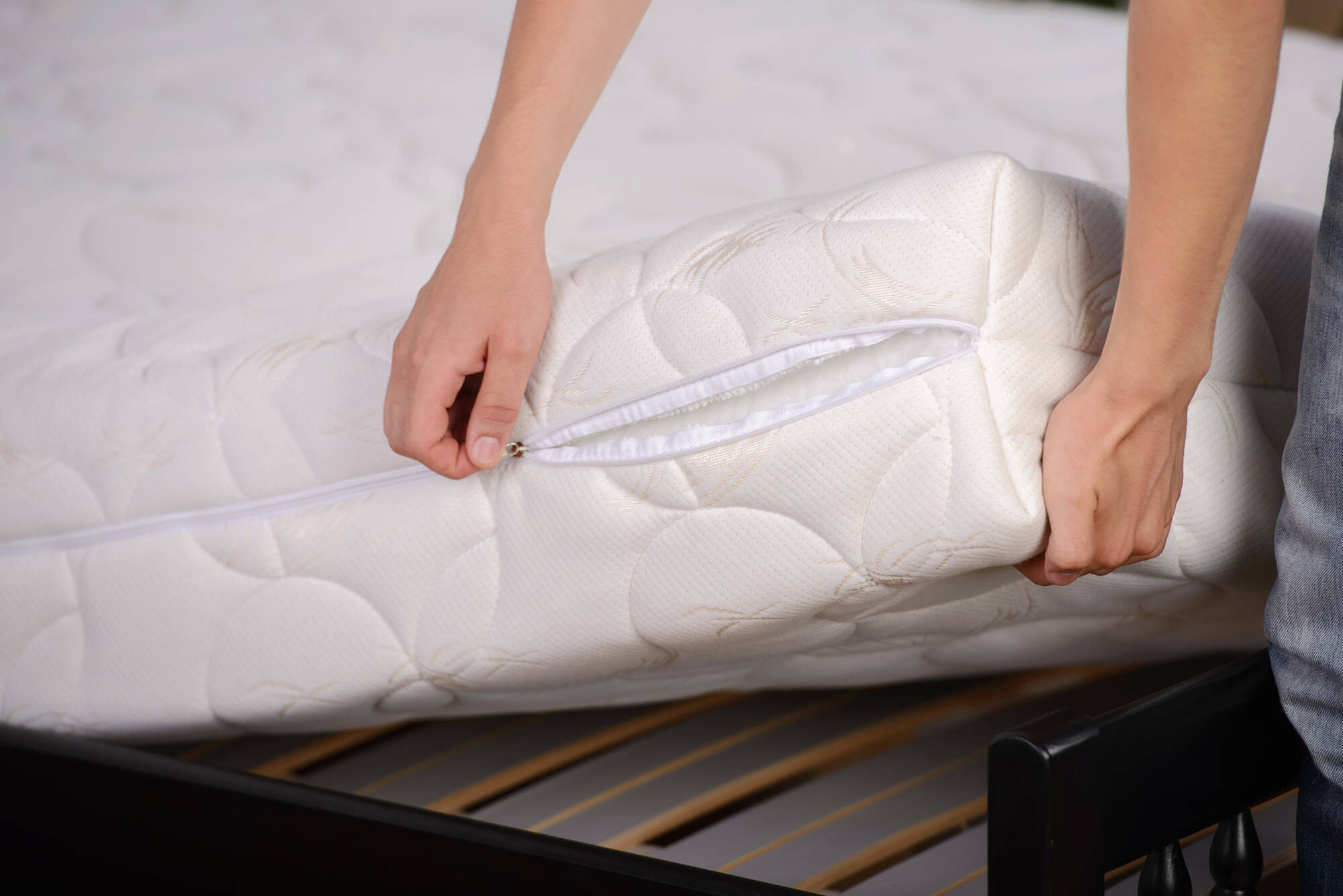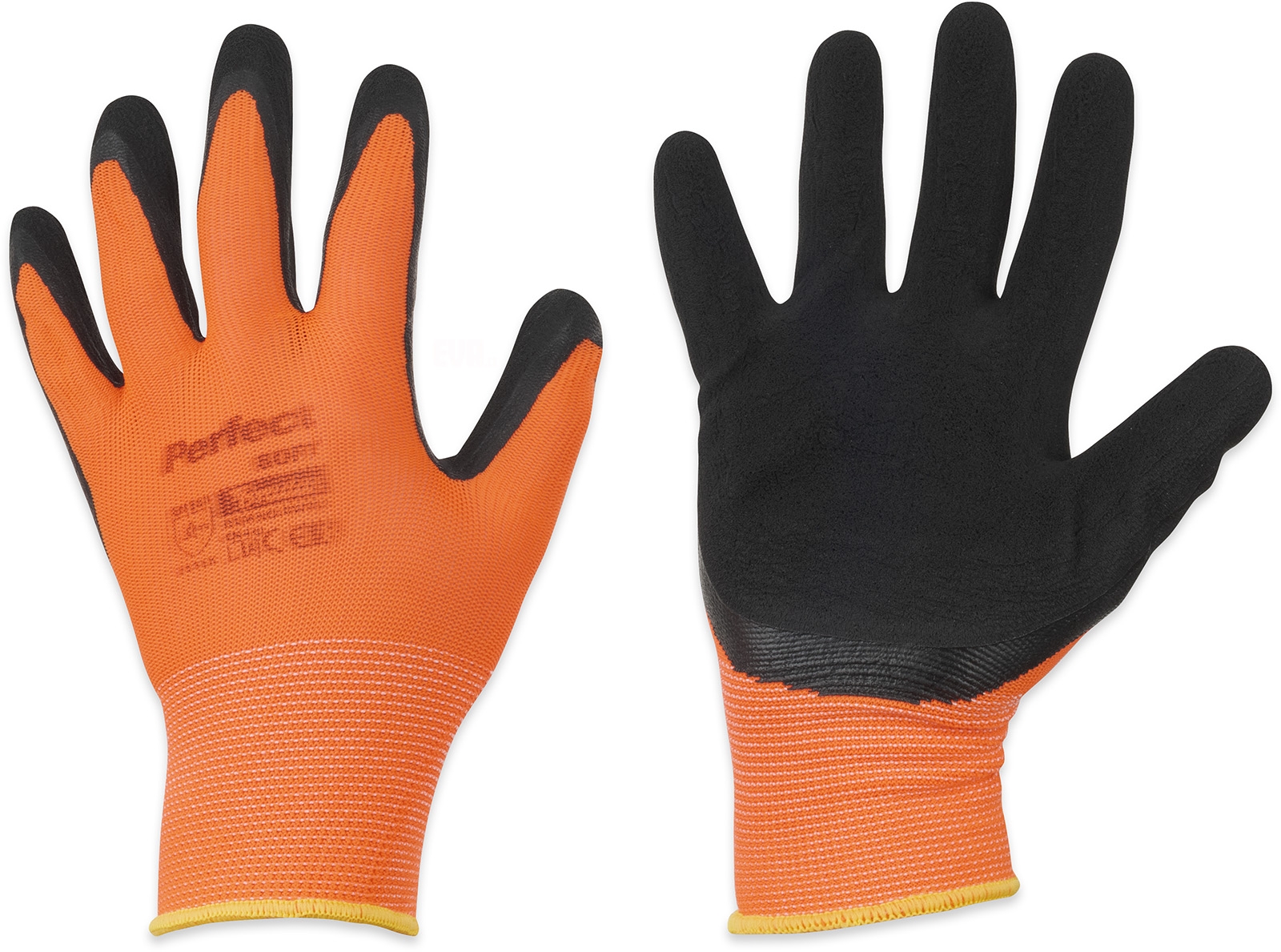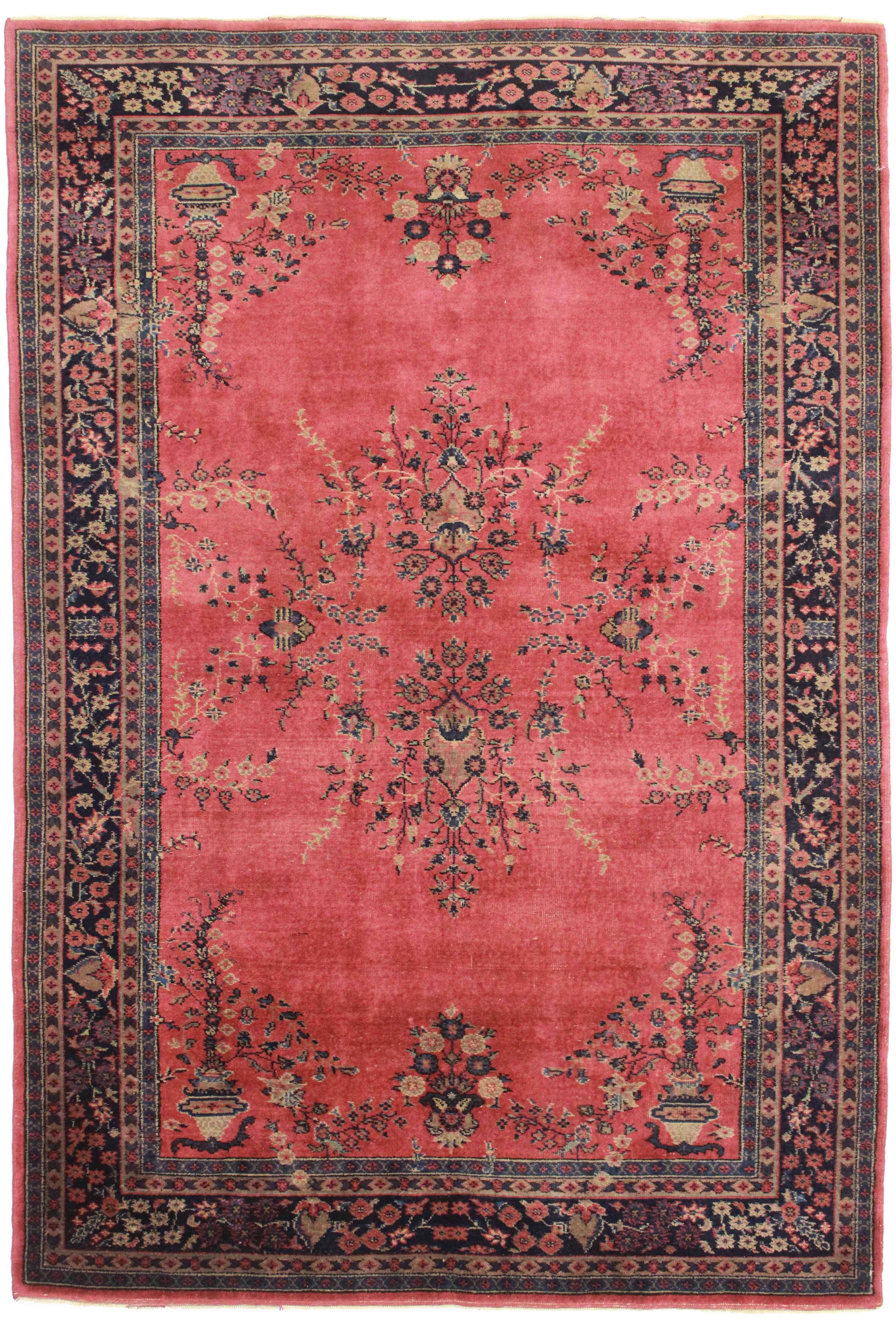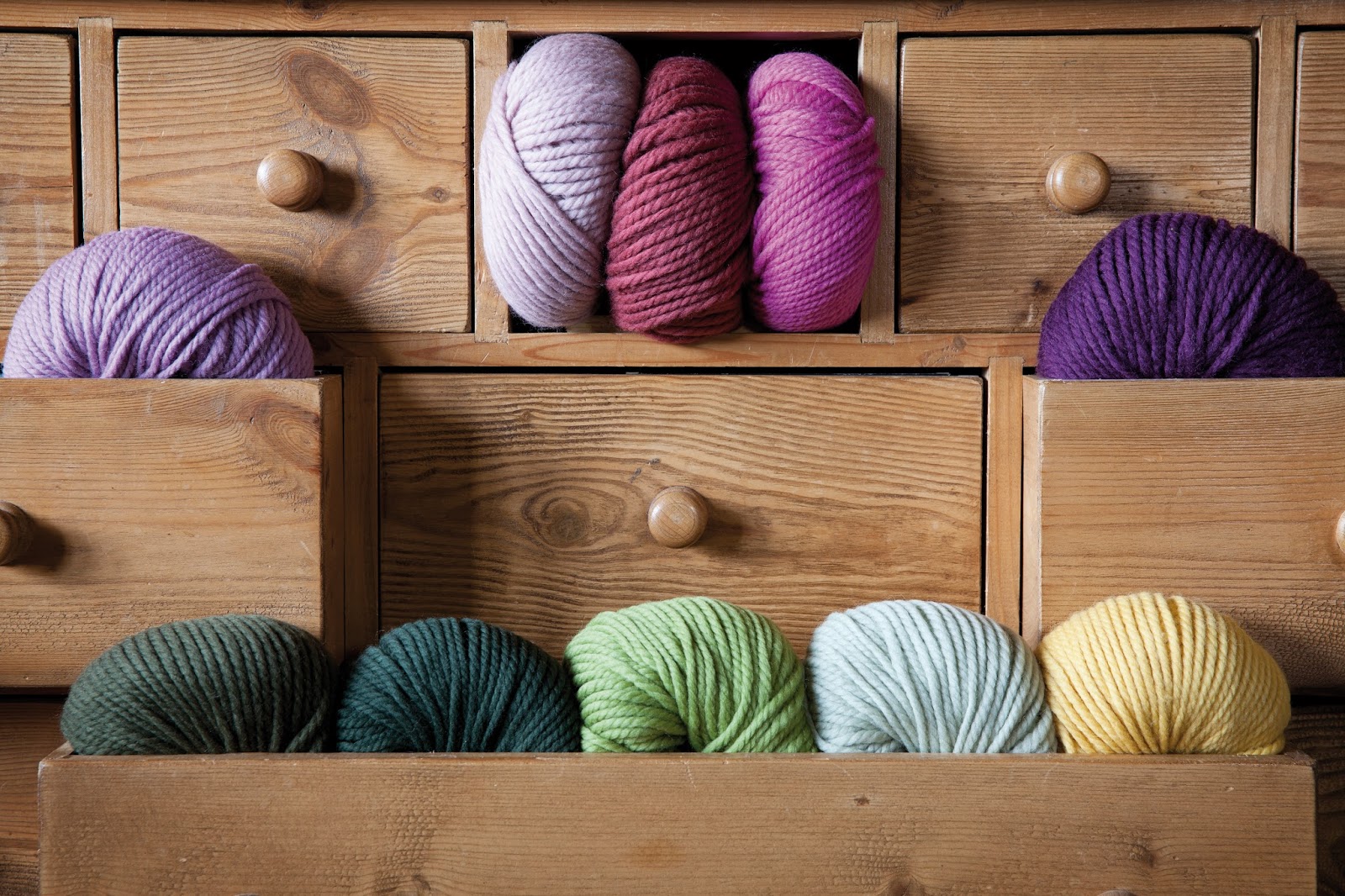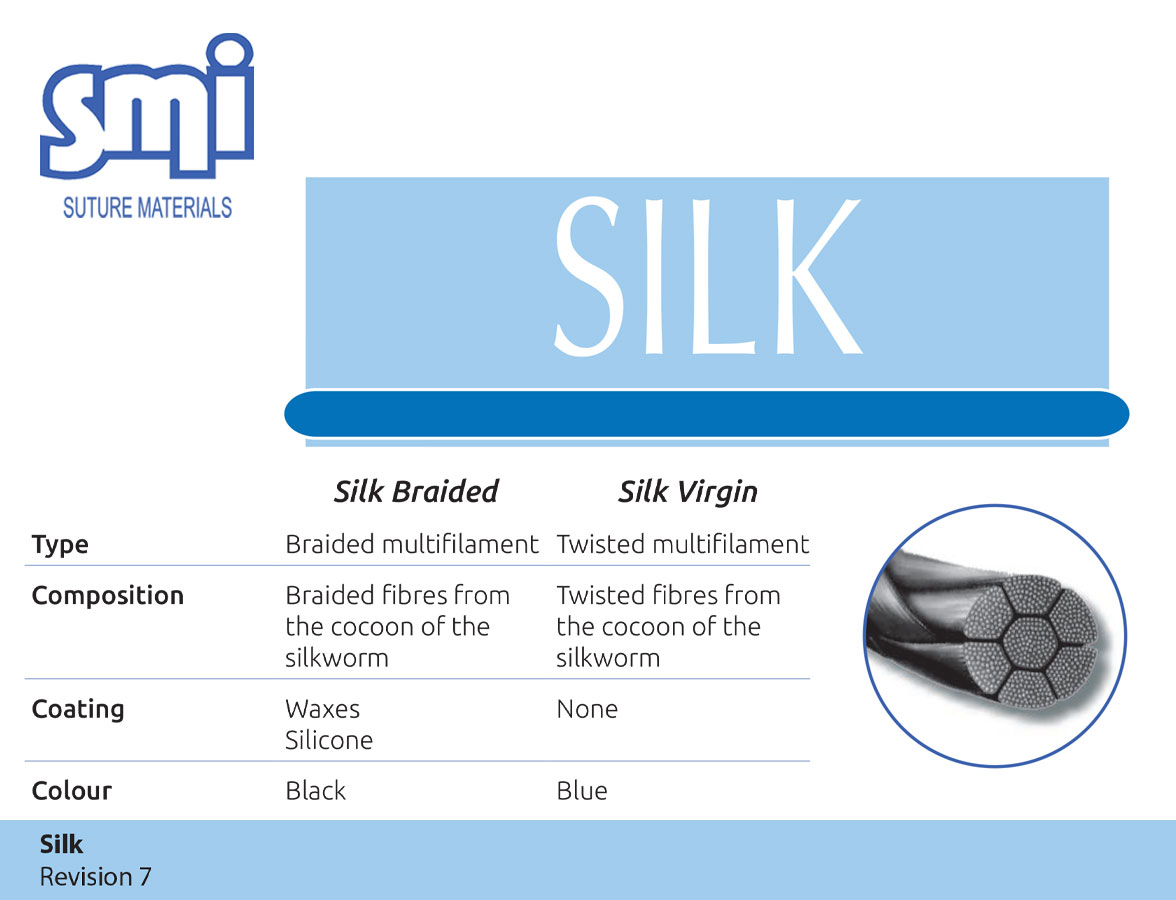Cotton is a popular choice for bed bug mattress covers for several reasons. Firstly, it is a natural material that is hypoallergenic and gentle on the skin, making it suitable for those with sensitive skin. Additionally, it is breathable and helps to regulate body temperature, ensuring a comfortable night's sleep. Cotton is also easy to wash and maintain, making it a practical option for bed bug protection.1. Cotton
Polyester is a synthetic material that is commonly used in bed bug mattress covers. It is a durable and affordable option that provides a strong barrier against bed bugs. Unlike natural materials, polyester is resistant to mold and mildew, making it a good choice for those living in humid environments. It is also easy to clean and dries quickly, making it an ideal choice for busy households.2. Polyester
Microfiber is a type of synthetic fabric that is made from extremely fine fibers. This makes it an effective material for bed bug mattress covers as the tiny fibers create a tight weave that prevents bed bugs from passing through. Microfiber is also soft and lightweight, providing a comfortable and cozy sleep experience. It is also stain-resistant and easy to clean, making it a low-maintenance option for bed bug protection.3. Microfiber
Vinyl is a plastic material that is commonly used in bed bug mattress covers. It is a highly effective barrier against bed bugs, as it is impermeable and prevents the bugs from entering or leaving the mattress. Vinyl is also waterproof and protects against spills and stains, making it a practical choice for families with young children or pets. However, some people may find vinyl to be less breathable and comfortable compared to other materials.4. Vinyl
Nylon is a strong and durable synthetic material that is commonly used in bed bug mattress covers. It is resistant to tears and punctures, making it a more long-lasting option for bed bug protection. Nylon is also lightweight and breathable, providing a comfortable sleep experience. However, it may not be as effective as other materials in preventing bed bugs from passing through, so it is important to choose a high-quality nylon cover with a tight weave.5. Nylon
Bamboo is a natural material that has gained popularity in recent years for its sustainability and eco-friendliness. It is also a great material for bed bug mattress covers as it is hypoallergenic, breathable, and moisture-wicking. Bamboo is also known for its antibacterial and antimicrobial properties, making it a hygienic choice for bed bug protection. It is also soft and comfortable, providing a luxurious sleep experience.6. Bamboo
Tencel is a sustainable and environmentally-friendly material made from the wood pulp of eucalyptus trees. It is an excellent option for bed bug mattress covers as it has a smooth and silky feel, providing a comfortable sleep experience. Tencel is also naturally hypoallergenic and resistant to bacteria and dust mites, making it a good choice for those with allergies. It is also moisture-wicking and can help regulate body temperature, ensuring a comfortable sleep all year round.7. Tencel
Latex is a natural material that is derived from the sap of rubber trees. It is a popular choice for bed bug mattress covers as it is hypoallergenic and resistant to dust mites and other allergens. Latex is also known for its durability and can provide a comfortable sleep experience for many years. However, it may not be as effective in preventing bed bugs as other materials, so it is important to choose a high-quality cover with a tight weave.8. Latex
Wool is a natural material that has been used for centuries for its warmth and comfort. It is also a great material for bed bug mattress covers as it is naturally hypoallergenic and resistant to dust mites and other allergens. Wool is also moisture-wicking and can help regulate body temperature, ensuring a comfortable sleep throughout the year. However, it may not be as effective in preventing bed bugs as other materials, so it is important to choose a high-quality wool cover with a tight weave.9. Wool
Silk is a luxurious and natural material that is known for its softness and smoothness. It is also a great choice for bed bug mattress covers as it is hypoallergenic and gentle on the skin. Silk is also lightweight and breathable, providing a comfortable sleep experience. However, it may not be as durable as other materials and can be more expensive, so it is important to choose a high-quality silk cover for effective bed bug protection.10. Silk
The Importance of Choosing the Best Material for a Bed Bug Mattress Cover

Understanding the Impact of Bed Bugs on Your Home
 When it comes to designing and decorating your home, one of the most important factors to consider is the comfort and safety of your family. Unfortunately, one of the most common pests that can disrupt this is the bed bug. These tiny insects are notorious for infesting mattresses and causing discomfort, irritation, and even health problems for those who come into contact with them. This is why investing in a good
bed bug mattress cover
is crucial for maintaining a clean and healthy living space.
When it comes to designing and decorating your home, one of the most important factors to consider is the comfort and safety of your family. Unfortunately, one of the most common pests that can disrupt this is the bed bug. These tiny insects are notorious for infesting mattresses and causing discomfort, irritation, and even health problems for those who come into contact with them. This is why investing in a good
bed bug mattress cover
is crucial for maintaining a clean and healthy living space.
The Dangers of Using Ineffective Mattress Covers
 While there are many options for
bed bug mattress covers
available on the market, not all of them are created equal. Many store-bought covers are made from cheap materials that are not designed specifically for bed bug protection. These covers may offer some level of protection against spills or stains, but they are not effective at preventing bed bugs from infesting your mattress. In fact, some covers may even attract bed bugs due to their synthetic materials or poor construction.
While there are many options for
bed bug mattress covers
available on the market, not all of them are created equal. Many store-bought covers are made from cheap materials that are not designed specifically for bed bug protection. These covers may offer some level of protection against spills or stains, but they are not effective at preventing bed bugs from infesting your mattress. In fact, some covers may even attract bed bugs due to their synthetic materials or poor construction.
The Best Material for Bed Bug Mattress Covers
 So, what is the
best material for a bed bug mattress cover
? The answer is simple: polyurethane. This is a type of plastic that is used in many high-quality mattress covers due to its durability and waterproof properties. However, what sets polyurethane apart from other materials is its ability to act as a barrier against bed bugs. This material is tightly woven and has small pores that are too small for bed bugs to pass through, effectively trapping them and preventing them from infesting your mattress.
So, what is the
best material for a bed bug mattress cover
? The answer is simple: polyurethane. This is a type of plastic that is used in many high-quality mattress covers due to its durability and waterproof properties. However, what sets polyurethane apart from other materials is its ability to act as a barrier against bed bugs. This material is tightly woven and has small pores that are too small for bed bugs to pass through, effectively trapping them and preventing them from infesting your mattress.
The Benefits of Polyurethane Mattress Covers
 In addition to being a highly effective bed bug barrier, polyurethane mattress covers also have other benefits. They are hypoallergenic, making them a great choice for those with allergies or sensitive skin. They are also breathable, allowing for proper air circulation and temperature regulation for a comfortable night's sleep. Polyurethane is also easy to clean and maintain, making it a convenient option for busy households.
In addition to being a highly effective bed bug barrier, polyurethane mattress covers also have other benefits. They are hypoallergenic, making them a great choice for those with allergies or sensitive skin. They are also breathable, allowing for proper air circulation and temperature regulation for a comfortable night's sleep. Polyurethane is also easy to clean and maintain, making it a convenient option for busy households.
Conclusion
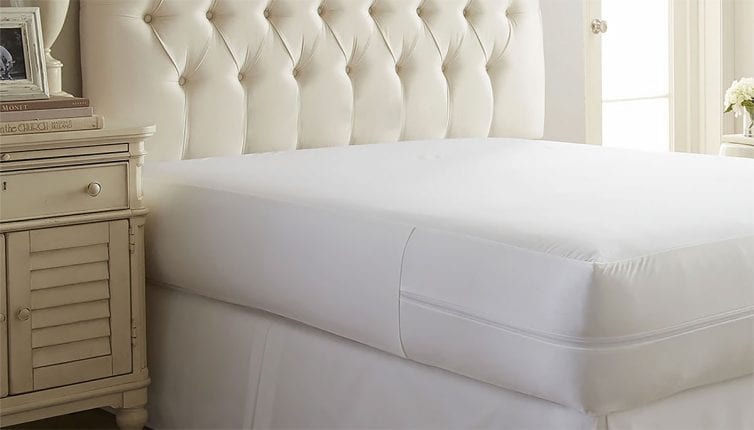 Investing in a good
bed bug mattress cover
can save you from the hassle and expense of dealing with a bed bug infestation. When choosing a cover, make sure to opt for one made from polyurethane, as it is the best material for effectively preventing bed bugs from invading your mattress. With the right cover, you can enjoy a clean, comfortable, and pest-free sleeping environment for you and your family.
Investing in a good
bed bug mattress cover
can save you from the hassle and expense of dealing with a bed bug infestation. When choosing a cover, make sure to opt for one made from polyurethane, as it is the best material for effectively preventing bed bugs from invading your mattress. With the right cover, you can enjoy a clean, comfortable, and pest-free sleeping environment for you and your family.





